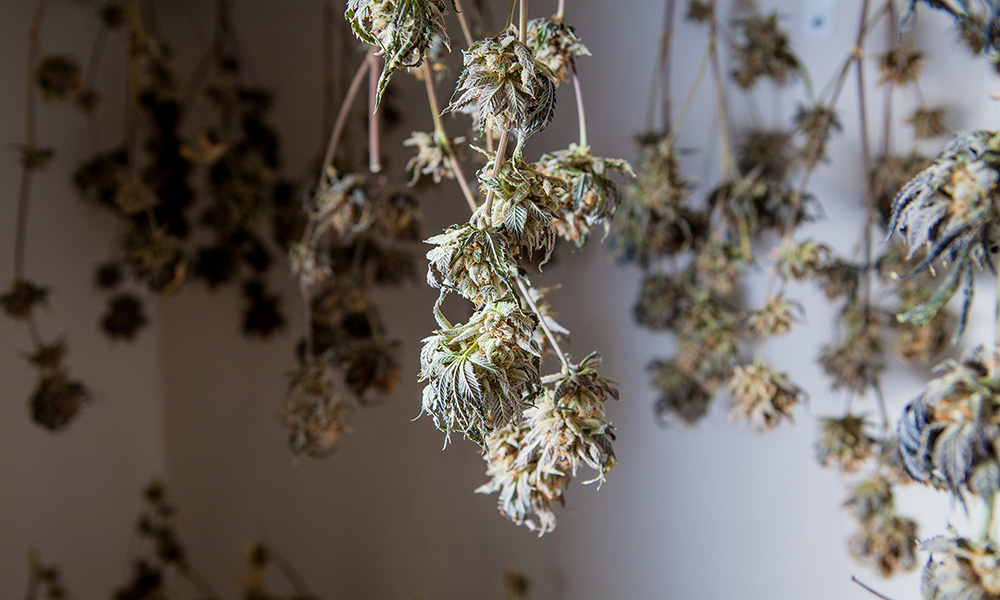The cannabis industry has experienced cycles of supply shortages over the last two years, but this pandemic is a different beast. With challenges coming from both overseas as well as North America, it’s a double-edged sword, In the early months of 2020, ports and factories in China were impacted when the coronavirus made its debut in Wuhan. These disruptions led to an anticipated 2- to 3-month delay for cultivation materials such as grow lights, pots, and other agricultural commodities, according to Justin Pierce, a principal with Hydroponics, Inc., the leading provider of agricultural supplies, logistics and procurement for the cannabis and hemp industries. Now in the U.S., companies are not functioning at full capacity with layoffs and staff in quarantine. The world has yet to see the full ramifications of such a global supply shut-down, anticipated to hit full-force later this spring.
Cannabis has been deemed an essential business in most states and will need grow materials to continue cultivation and production. Now, there’s evidence that some cultivators are stocking up in fear of not just future supply shortages, but also related price spikes - a near inevitability with the current volatile market. Pierce said Hydroponics, Inc. doubled average weekly sales in the first two weeks of state lockdowns. The Company sells a wide variety of products growers need such as soils, nutrients, and fertilizers.
Cultivators are also concerned about long-term supply given the recent increase in consumer demand of cannabis products. Cannabis companies are seeing record-breaking numbers of orders and higher-than-average total purchase price per customer, according to Business Insider. Such panic-buying is exacerbating supply chain bottlenecks and driving cultivators to order more cultivation supplies in anticipation of continued demand for cannabis. Cannabis-related activities are proving to be recession-resistant and thus demand is expected to stay steady in the coming months.
It is not only the lack of equipment that threatens the cannabis supply, but also a lack of human capital. As more states issue stay-in-place orders, growing facilities are losing employees to quarantine. With fewer employees working with the plant, the supply of flower could also take a hit, especially as the industry enters the growing season. It can take up to six months for flower to reach dispensaries, according to Remedy Columbia owner Mitch Trellis. So, while vendors may have enough supply today, it could be a bleaker situation by the end of the year.
Of course, increases in sales of both cannabis and grow supplies may not last. Cultivators and consumers may be misreading the tea leaves, aiming to lock in prices as they foresee expenses rising with increased demand and lower supply.
For growers, Pierce says logistics costs will skyrocket in the short-term. Despite the global economy in despair, the logistics, and particularly transportation, industries seem to be thriving. Transportation prices are up 34%, causing the largest monthly jump in the Logistics Manager’s Index - a bi-monthly measurement of activity reported by supply chain professionals - ever recorded from 49.06 to 65.6 in March. The domestic trucking industry is scrambling to move an inundation of food and essentials. Air cargo capacity has been halved globally and passenger flights remain grounded, leading to soaring rates. A one-way transpacific charter freighter costs more than twice as much as before the pandemic. Pierce predicts domestic shipping rates will increase with UPS implementing a coronavirus surcharge and FedEx following closely behind.
In the long-term, there will be widespread cannabis industry changes that will forever alter the landscape of cultivation supply in North America. Very few companies were prepared for the disruptions caused by COVID-19. Each hour of downtime can cost hundreds of thousands of dollars and without the proper supplies, plants, and the profits they bring, companies will founder. Pierce expects the current “buy America” procurement sentiment to not only continue but to amplify. Since the procurement function is measured by cost savings rather than revenue-assurance, cultivators who procure and handle logistics in-house will feel the strongest effects – and the most pain. When the procurement function has to resort to extraordinary measures to secure supplies on time, the higher costs are assigned to other parts of the organization - and everyone loses. Period.
The Economic Policy Institute estimates at least 50% of small businesses will not survive this pandemic, leading to a decrease in competition and an increase in price. These devastating effects on supply will create an entirely new world of operations and logistics, one in which cannabis companies will be forced to professionalize or go the way of the buggy whip.





